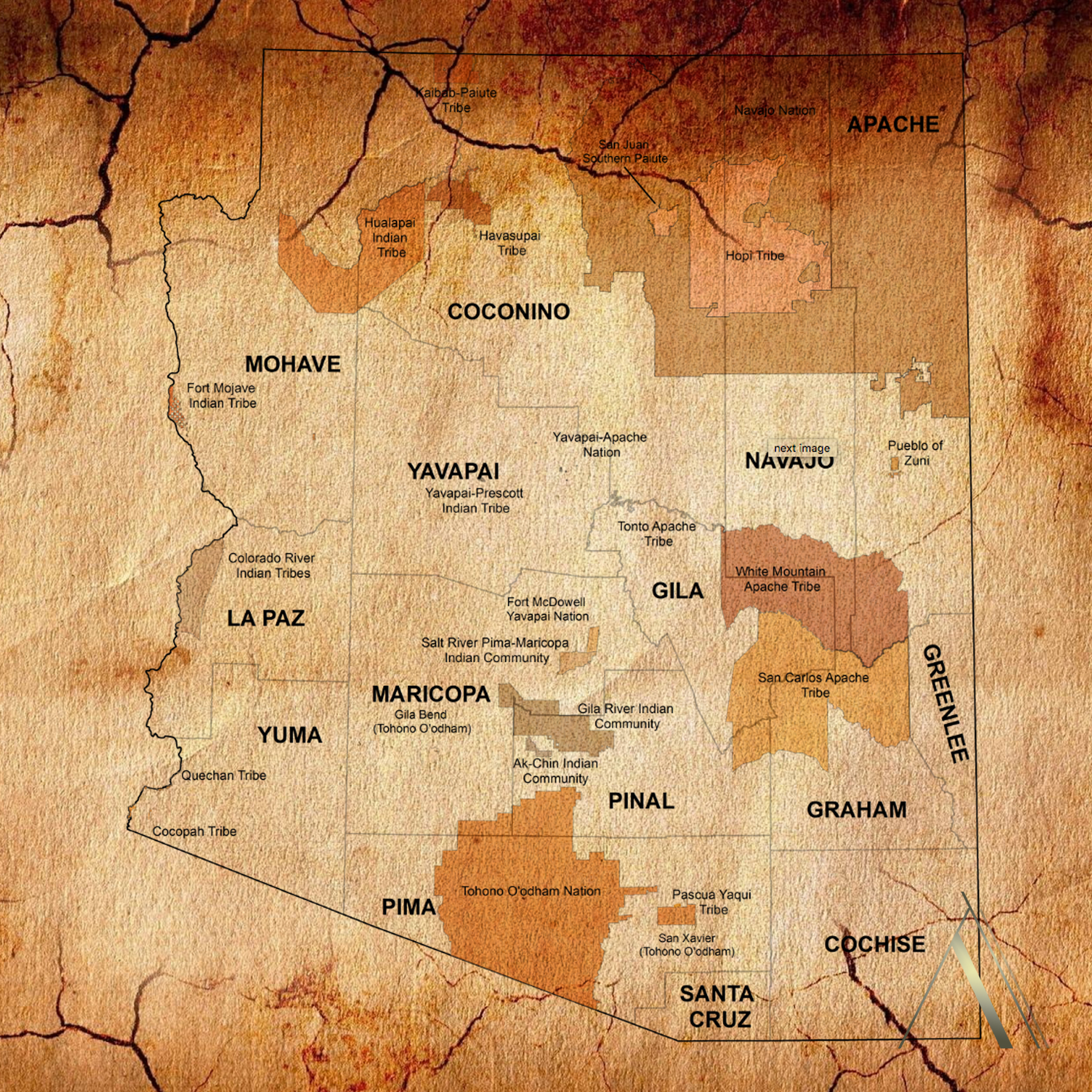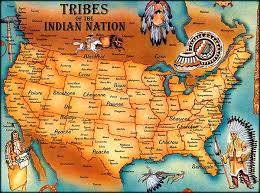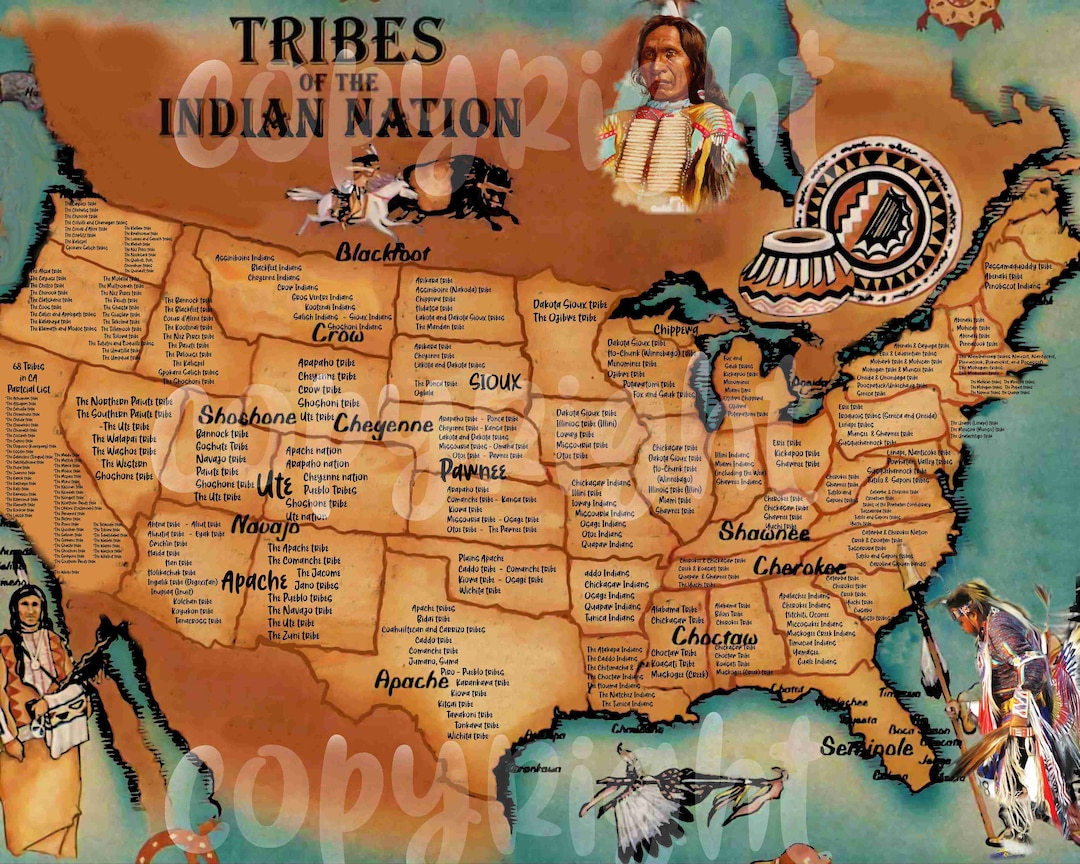Arizona’s Native Legacy: A Tapestry of Tribes and Names
Arizona’s Native Legacy: A Tapestry of Tribes and Names
.png)
Arizona, a land of towering red rock formations, sprawling deserts, and vibrant cultures, is also home to a rich tapestry of Native American tribes. These tribes, each with their unique history, language, and traditions, have been stewards of this land for centuries. Their names, often steeped in meaning and symbolism, offer a glimpse into their heritage and connection to the environment.
Let’s embark on a journey to discover the fascinating stories behind the names of some of Arizona’s most prominent tribes.
Related Articles: Arizona’s Native Legacy: A Tapestry of Tribes and Names
- Unveiling The Map: Exploring Indian Reservations Near You
- Uncover the Enchanting Crow Indian Reservation: A Journey of Discovery
- Unveiling the Cultural Gems of British Columbia: A Journey through Indian Reserves
- Uncover the Hidden Gems: Indian Reservations Near Phoenix
- Unveiling the Thriving World of Indian Casinos in Michigan: Discoveries and Insights
The Hopi: Keepers of the Ancient Ways
The Hopi, whose name translates to "peaceful people" in their language, have inhabited the high mesas of northern Arizona for over a thousand years. Their name reflects their deeply spiritual and peaceful nature, emphasizing their connection to the land and their commitment to preserving their traditions. The Hopi are known for their intricate kachina dolls, their unique style of pottery, and their enduring agricultural practices. Their name, whispered on the wind across the mesas, is a testament to their resilience and cultural strength.
The Navajo: A Nation of Weavers and Warriors
The Navajo, the largest tribe in the United States, call themselves the "Diné," meaning "the people." Their name, "Navajo," is derived from the Spanish word "navajó," which means "enemy" or "warrior." This name, given to them by the Spanish conquistadors, reflects the Navajo’s fierce independence and their ability to defend their land. The Navajo are renowned for their intricate woven rugs, their traditional silverwork, and their deep connection to their ancestral lands. Their name, echoing across the vast desert landscapes, speaks of a people who have faced adversity and emerged stronger.
The Apache: Fearless Warriors of the Southwest
The Apache, a collective term for several related tribes, have a name that evokes a sense of power and resilience. The word "Apache" is believed to have originated from the Zuni word "apachu," meaning "enemy." This name, given to them by their neighbors, reflects the Apache’s reputation as fierce warriors who fiercely defended their territory. The Apache are known for their equestrian skills, their hunting prowess, and their intricate beadwork. Their name, whispered with a mix of respect and apprehension, is a testament to their bravery and their deep connection to the rugged landscapes they call home.
The Yavapai: Guardians of the Verde Valley
The Yavapai, whose name translates to "people of the place" or "people of the river," have long been associated with the Verde Valley in central Arizona. Their name reflects their deep connection to the land and its abundant resources. The Yavapai are known for their intricate basketry, their traditional dances, and their intimate knowledge of the natural world. Their name, carried on the winds through the canyons, speaks of a people who have lived in harmony with their surroundings for generations.

The Tohono O’odham: The Desert People
The Tohono O’odham, whose name means "desert people," inhabit the vast Sonoran Desert, a land of scorching heat and breathtaking beauty. Their name, a reflection of their deep connection to the desert, speaks of their resilience and their ability to thrive in challenging conditions. The Tohono O’odham are known for their intricate beadwork, their traditional basketry, and their unique agricultural practices. Their name, etched into the desert sands, is a testament to their enduring spirit and their profound connection to the land.
The San Carlos Apache: A Legacy of Resilience
The San Carlos Apache, a band of the Apache people, are named after the San Carlos Reservation, their ancestral homeland. Their name, a reflection of their historical ties to this specific region, speaks of their resilience and their ability to adapt to changing circumstances. The San Carlos Apache are known for their traditional dances, their intricate beadwork, and their strong commitment to their cultural heritage. Their name, echoing through the mountains and canyons of their reservation, is a testament to their enduring spirit and their unwavering dedication to their traditions.
The Gila River Indian Community: Guardians of the Gila River

The Gila River Indian Community, comprised of several tribes including the Pima, Maricopa, and Tohono O’odham, are named after the Gila River, a vital lifeline through their ancestral lands. Their name, a reflection of their deep connection to this river and its resources, speaks of their resilience and their ability to thrive in a semi-arid environment. The Gila River Indian Community is known for their agricultural practices, their traditional arts and crafts, and their strong commitment to community. Their name, whispered along the banks of the Gila River, is a testament to their enduring spirit and their unwavering dedication to their traditions.
The Havasupai: Keepers of the Blue-Green Oasis
The Havasupai, whose name means "people of the blue-green water," are known for their stunning reservation nestled within the Grand Canyon, home to the breathtaking Havasu Falls. Their name, a reflection of their deep connection to the blue-green waters that flow through their land, speaks of their reverence for nature and their commitment to preserving this precious resource. The Havasupai are known for their traditional dances, their intricate basketry, and their intimate knowledge of the natural world. Their name, carried on the wind through the canyons, is a testament to their enduring spirit and their deep connection to their ancestral home.
The White Mountain Apache: Guardians of the White Mountains
The White Mountain Apache, a band of the Apache people, are named after the White Mountains, their ancestral homeland. Their name, a reflection of their deep connection to this majestic mountain range, speaks of their resilience and their ability to thrive in a harsh environment. The White Mountain Apache are known for their traditional dances, their intricate beadwork, and their strong commitment to their cultural heritage. Their name, echoing through the forests and canyons of their reservation, is a testament to their enduring spirit and their unwavering dedication to their traditions.

The Fort Apache Indian Reservation: A Legacy of Resistance
The Fort Apache Indian Reservation, home to the Apache people, is named after Fort Apache, a military outpost established in the 19th century. Their name, a reflection of their historical ties to this military post, speaks of their resilience and their ability to adapt to changing circumstances. The Fort Apache Indian Reservation is known for its stunning landscapes, its traditional arts and crafts, and its strong commitment to community. Their name, echoing through the mountains and canyons of their reservation, is a testament to their enduring spirit and their unwavering dedication to their traditions.
The Names Speak Volumes
The names of Arizona’s Native American tribes are more than just labels; they are windows into their rich history, their cultural beliefs, and their deep connection to the land. Each name carries a weight of meaning, reflecting the tribes’ resilience, their resourcefulness, and their enduring spirit. As we learn about these tribes and their stories, we gain a deeper appreciation for the diversity and richness of Arizona’s cultural heritage.
FAQs about Arizona’s Native American Tribes
Q: How many Native American tribes are there in Arizona?
A: Arizona is home to 22 federally recognized tribes.
Q: What is the largest Native American tribe in Arizona?
A: The Navajo Nation is the largest, with a population exceeding 170,000.
Q: What are some of the common cultural practices of Arizona’s Native American tribes?
A: Many tribes have unique traditions, including storytelling, dance, music, art, and crafts. Some common practices include beadwork, basketry, pottery, and traditional ceremonies.
Q: What are some of the challenges facing Arizona’s Native American tribes today?
A: Challenges include poverty, lack of access to healthcare, education disparities, and environmental issues.
Q: How can I learn more about Arizona’s Native American tribes?
A: Visit tribal museums, attend cultural events, and support tribal businesses. You can also learn more online through tribal websites and organizations.
A Legacy of Resilience
The Native American tribes of Arizona have faced countless challenges throughout their history. They have endured colonization, forced relocation, and cultural suppression. Yet, despite these hardships, they have maintained their traditions, their language, and their connection to the land. Their names, etched into the landscapes of Arizona, are a testament to their enduring spirit and their unwavering dedication to their heritage. As we learn more about these tribes and their stories, we gain a deeper appreciation for the diversity and richness of Arizona’s cultural heritage. Their legacy is a reminder that even in the face of adversity, the human spirit can endure and thrive.

Closure
Thus, we hope this article has provided valuable insights into Arizona’s Native Legacy: A Tapestry of Tribes and Names. We appreciate your attention to our article. See you in our next article!